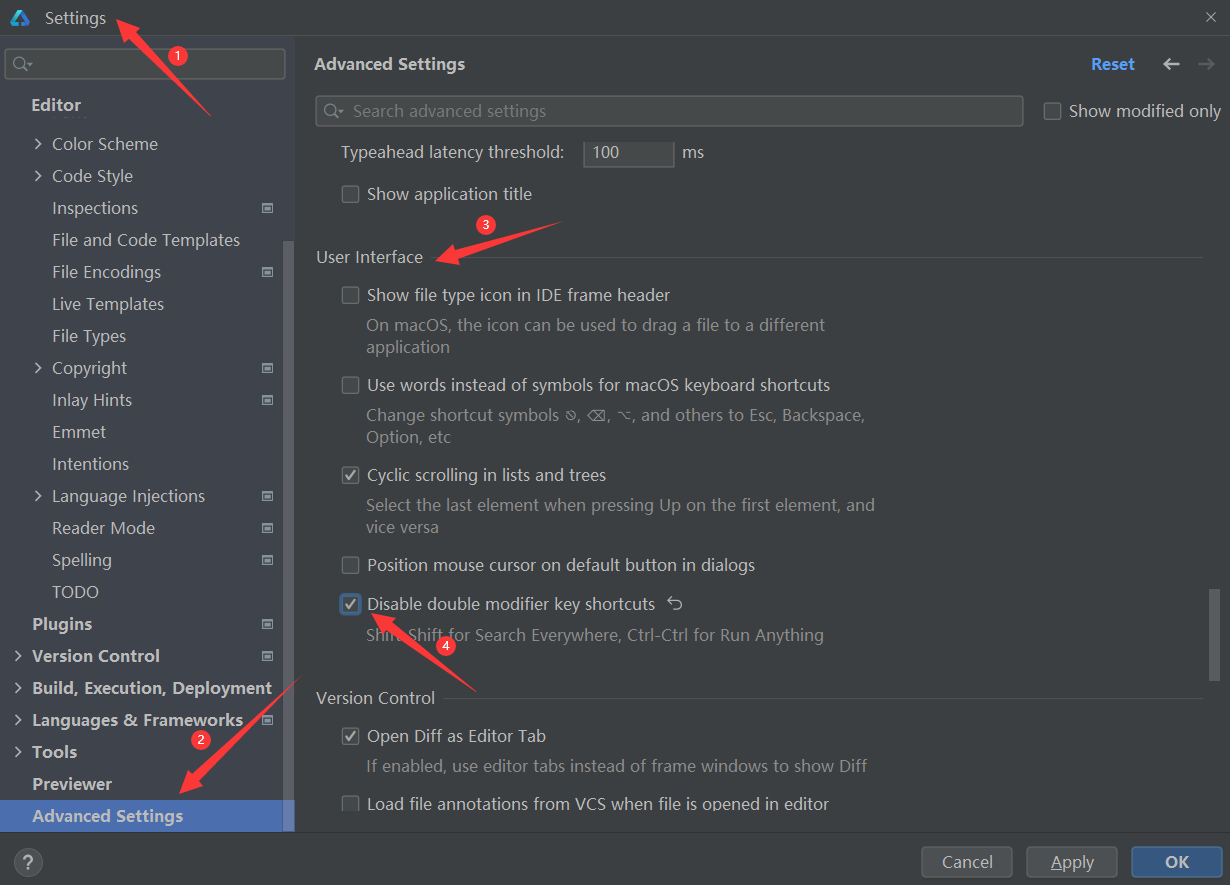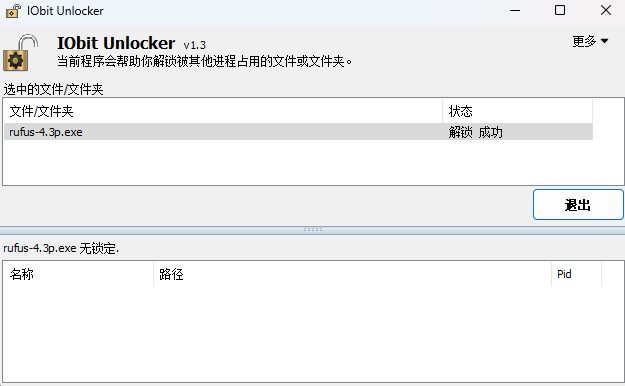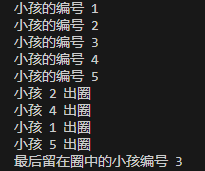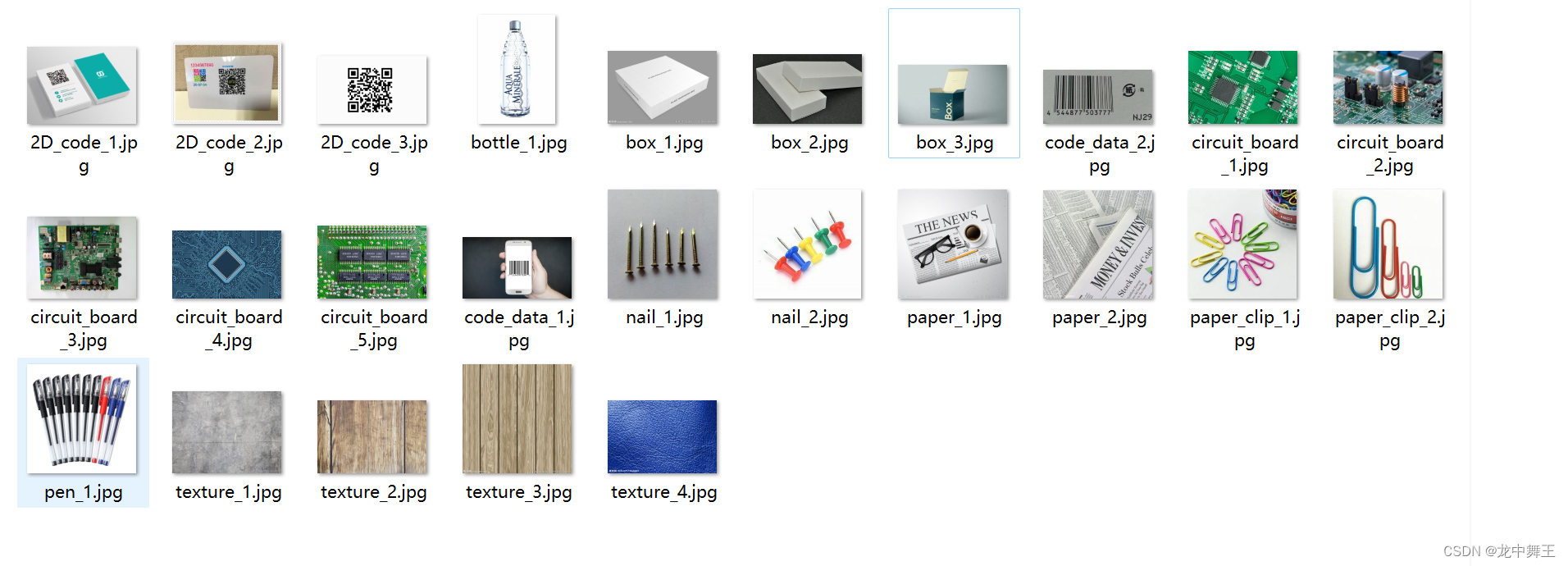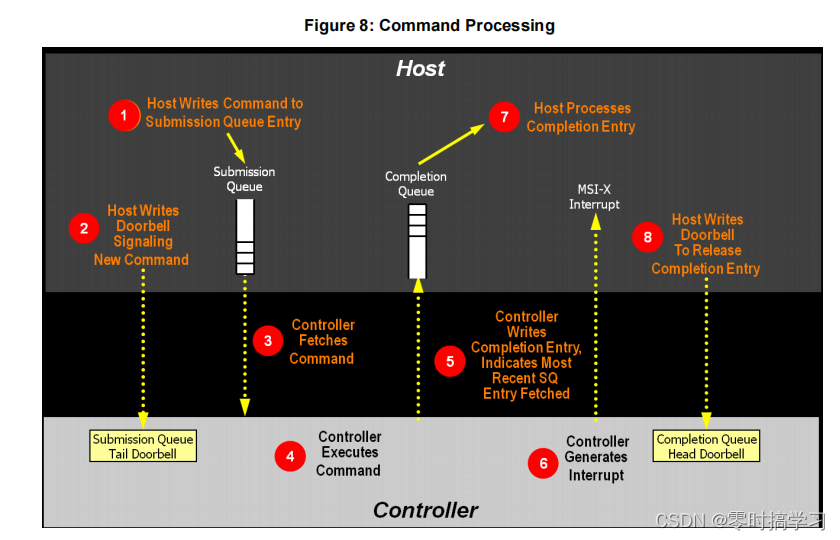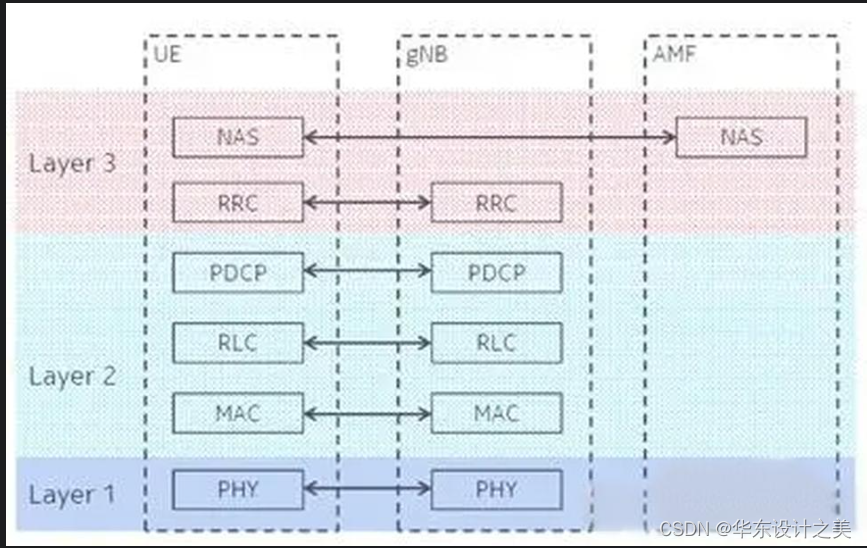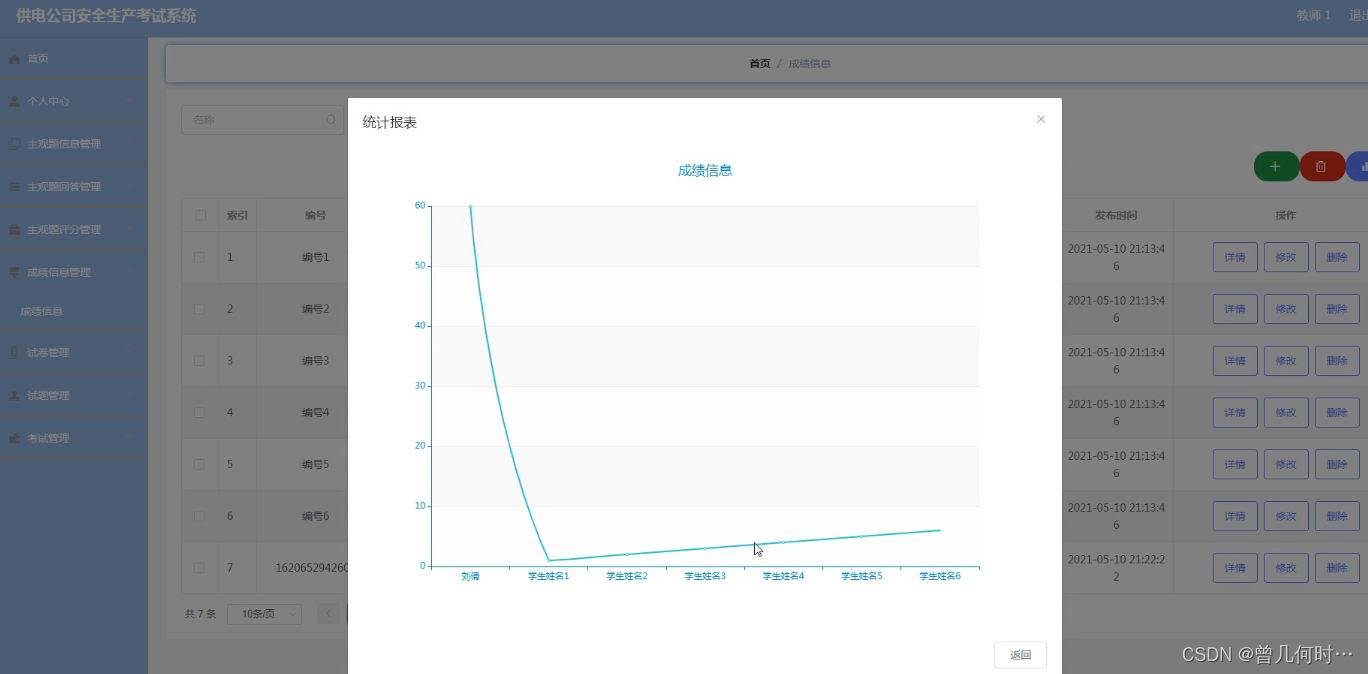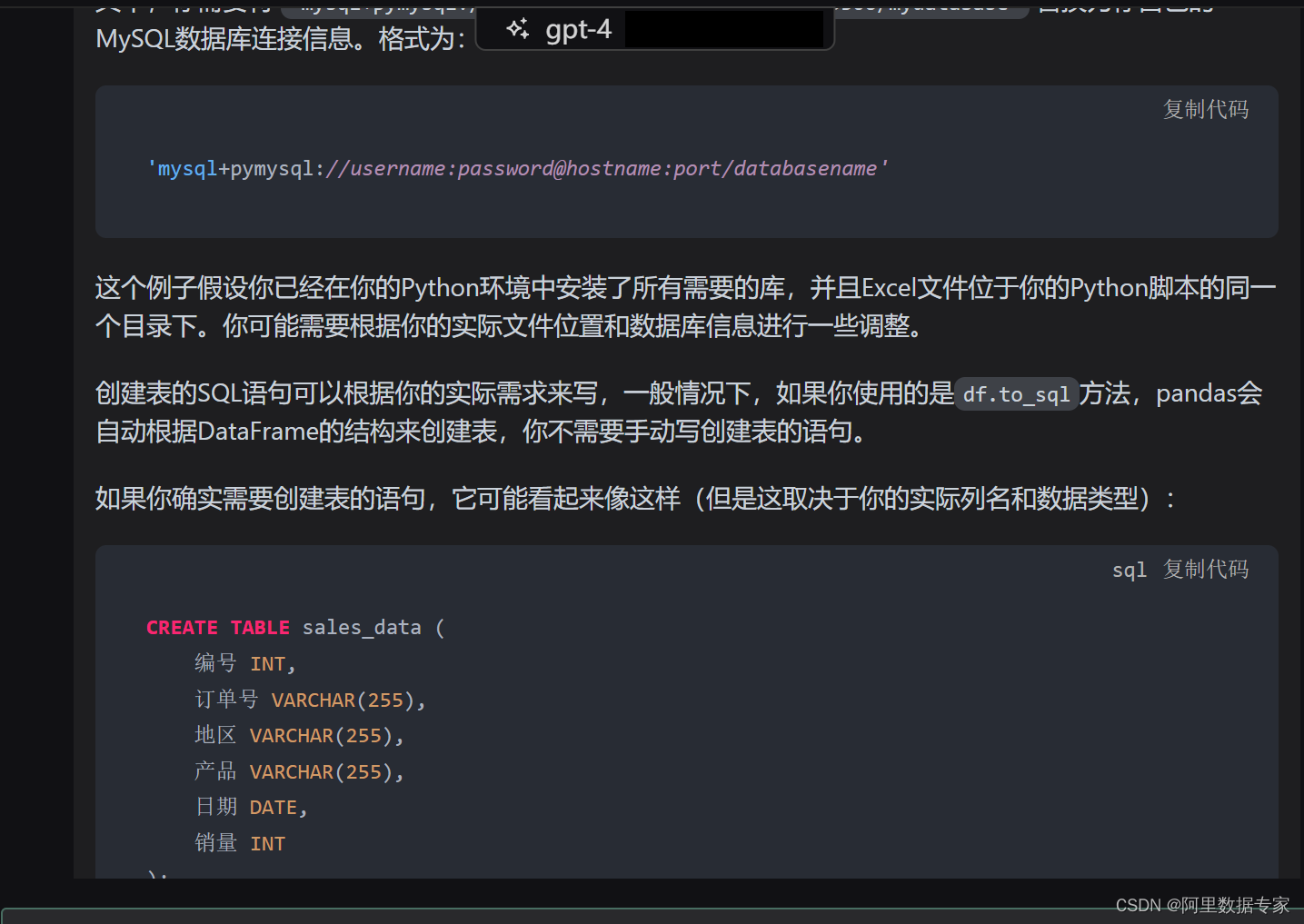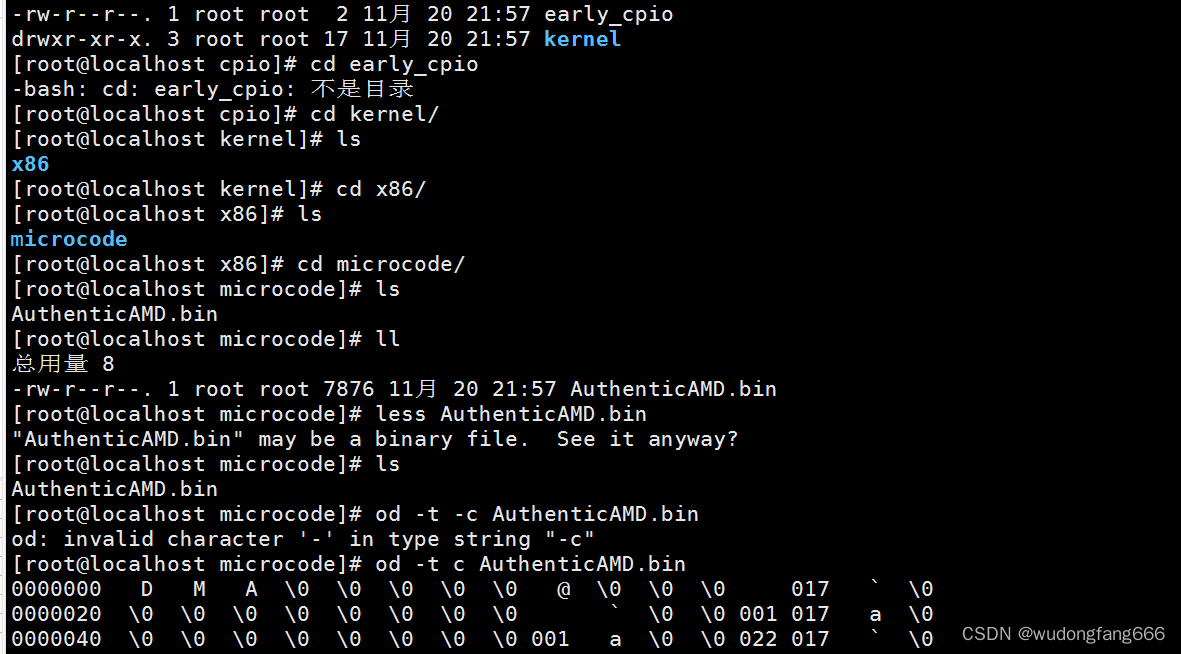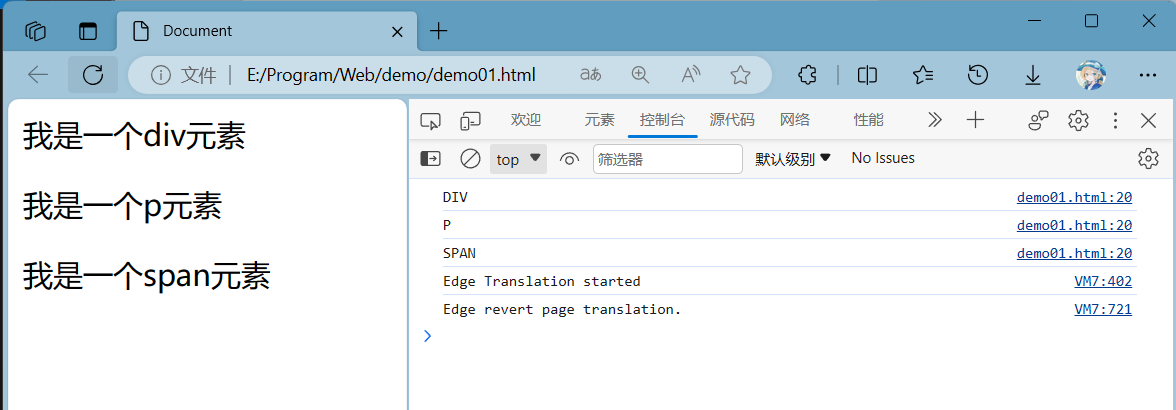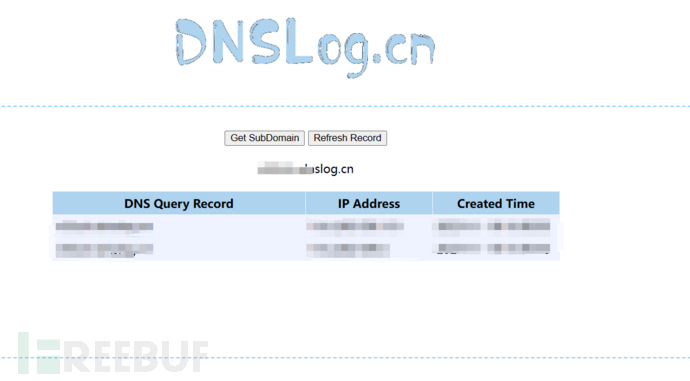优质博文:IT-BLOG-CN
一、使用 SpringBoot 的步骤
【1】创建SpringBoot应用,选中自己需要的模块。
【2】SpringBoot已经默认将这些场景配置好,只需要在配置文件中指定少量配置就可以运行起来。
【3】编写业务逻辑代码。
二、自动配置原理
我们要了解SpringBoot帮我们配置了什么?能不能修改?能修改那些配置?能不能扩展等等。
【1】xxxAutoConfiguration:帮我们给容器中自动配置组件。
【2】xxxProperties:配置来封装配置文件的内容。
三、SpringBoot 对静态资源的映射规则
当创建一个jar工程时,想引入css等静态资源时,需要遵守SpringBoot的静态资源映射关系,通过WebMvcAutoConfiguration查看静态配置资源的规则。
//添加资源映射addResourceHandlers
public void addResourceHandlers(ResourceHandlerRegistry registry) {
if(!this.resourceProperties.isAddMappings()) {
logger.debug("Default resource handling disabled");
} else {
Integer cachePeriod = this.resourceProperties.getCachePeriod();
if(!registry.hasMappingForPattern("/webjars/**")) {
this.customizeResourceHandlerRegistration(registry.addResourceHandler(new String[]{"/webjars/**"}).addResourceLocations(new String[]{"classpath:/META-INF/resources/webjars/"}).setCachePeriod(cachePeriod));
}
// 3中说明
String staticPathPattern = this.mvcProperties.getStaticPathPattern();
if(!registry.hasMappingForPattern(staticPathPattern)) {
this.customizeResourceHandlerRegistration(registry.addResourceHandler(new String[]{staticPathPattern}).addResourceLocations(this.resourceProperties.getStaticLocations()).setCachePeriod(cachePeriod));
}
}
}
【1】如上配置的/webjars/**可知,所有的获取都去classpath:/META-INF/resources/webjars下找资源。而webjar实际上是以jar包的方式引入静态资源,可以参考官方文档

▶ 获取Jquery的jar包依赖:
<dependency>
<groupId>org.webjars</groupId>
<artifactId>jquery</artifactId>
<version>3.3.1-1</version>
</dependency>
▶ 进入导入的Jquery的jar包中,查看目录结构如下:所有的 /webjars/**,都去classpath:/META‐INF/resources/webjars/找资源。例如:localhost:8080/webjars/jquery/3.3.1/jquery.js(在访问的时候,只需要写webjars下面资源的名称即可)
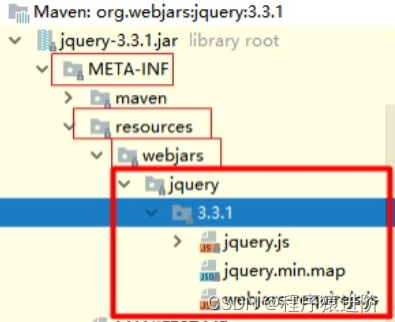
【2】同时可以在ResourceProperties设置与静态资源有关的参数,例如缓存时间。
@ConfigurationProperties(
prefix = "spring.resources",
ignoreUnknownFields = false
)
public class ResourceProperties implements ResourceLoaderAware, InitializingBean {
【3】除了/webjars/**,我们看下紧接着的第二个方法获取staticPathPattern路径:最终方法指向 =/**访问当前项目的任何资源(静态资源的文件夹)。
this.staticPathPattern = "/**";
如果没有进行处理,就会从如下路径中进行获取:
classpath:/META-INF/resources/", "classpath:/resources/", "classpath:/static/", "classpath:/public/" "/":当前项目根路径 ,以上就是静态资源的文件处理。
private static final String[] SERVLET_RESOURCE_LOCATIONS = new String[]{"/"};//当前项目根路径
private static final String[] CLASSPATH_RESOURCE_LOCATIONS = new String[]{"classpath:/META-INF/resources/",
"classpath:/resources/", "classpath:/static/", "classpath:/public/"};
private static final String[] RESOURCE_LOCATIONS;
static {
RESOURCE_LOCATIONS = new String[CLASSPATH_RESOURCE_LOCATIONS.length + SERVLET_RESOURCE_LOCATIONS.length];
System.arraycopy(SERVLET_RESOURCE_LOCATIONS, 0, RESOURCE_LOCATIONS, 0, SERVLET_RESOURCE_LOCATIONS.length);
System.arraycopy(CLASSPATH_RESOURCE_LOCATIONS, 0, RESOURCE_LOCATIONS, SERVLET_RESOURCE_LOCATIONS.length,
CLASSPATH_RESOURCE_LOCATIONS.length);
}
【4】获取欢迎页,通过如下代码可知:静态资源文件夹下的所有index.html页面,都被“/**”映射。(localhost:8080——就能够访问首页)
// 获取欢迎页
@Bean
public WebMvcAutoConfiguration.WelcomePageHandlerMapping welcomePageHandlerMapping(ResourceProperties resourceProperties) {
return new WebMvcAutoConfiguration.WelcomePageHandlerMapping(resourceProperties.getWelcomePage(),
this.mvcProperties.getStaticPathPattern());
}
//进入如上的resourceProperties.getWelcomePage()方法,会获取到当前项目路径下的index.html文件。
private String[] getStaticWelcomePageLocations() {
String[] result = new String[this.staticLocations.length];
for(int i = 0; i < result.length; ++i) {
String location = this.staticLocations[i];
if(!location.endsWith("/")) {
location = location + "/";
}
result[i] = location + "index.html";
}
return result;
}
//进入如上的this.mvcProperties.getStaticPathPattern()方法,获取映射的路径
this.staticPathPattern = "/**";
【5】所有的**/favicon.ico都是从静态文件中获取一个favicon.ico文件。图标:
@Configuration
@ConditionalOnProperty(
value = {"spring.mvc.favicon.enabled"},
matchIfMissing = true
)
public static class FaviconConfiguration {
private final ResourceProperties resourceProperties;
public FaviconConfiguration(ResourceProperties resourceProperties) {
this.resourceProperties = resourceProperties;
}
@Bean
public SimpleUrlHandlerMapping faviconHandlerMapping() {
SimpleUrlHandlerMapping mapping = new SimpleUrlHandlerMapping();
mapping.setOrder(-2147483647);
//默认获取图标的位置和名称
mapping.setUrlMap(Collections.singletonMap("**/favicon.ico", this.faviconRequestHandler()));
return mapping;
}
}
【6】也可以在application.properties全局配置文件中自定义静态文件:在配置文件中设置如下,那么默认的就不在生效。
# 配置文件是一个数组,可以用逗号进行分隔
spring.resources.static-locations=classpath:/hello/,calsspath:/xxx/
